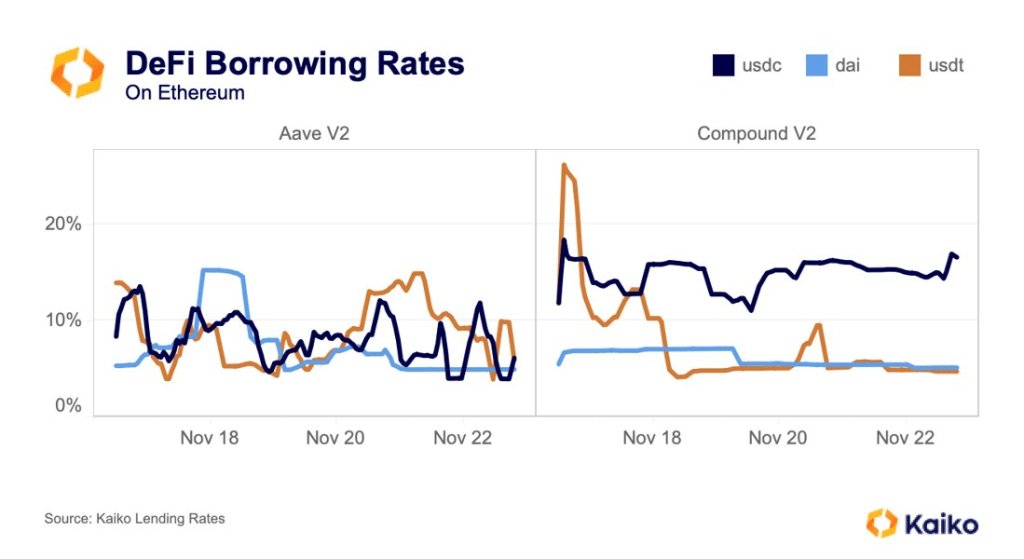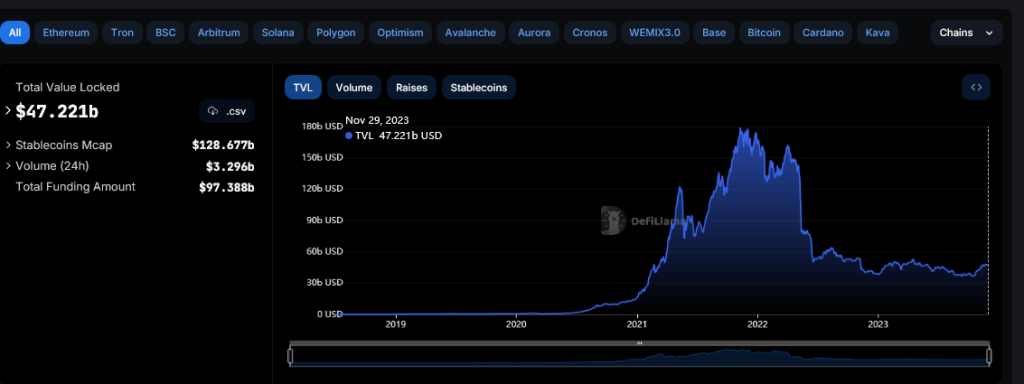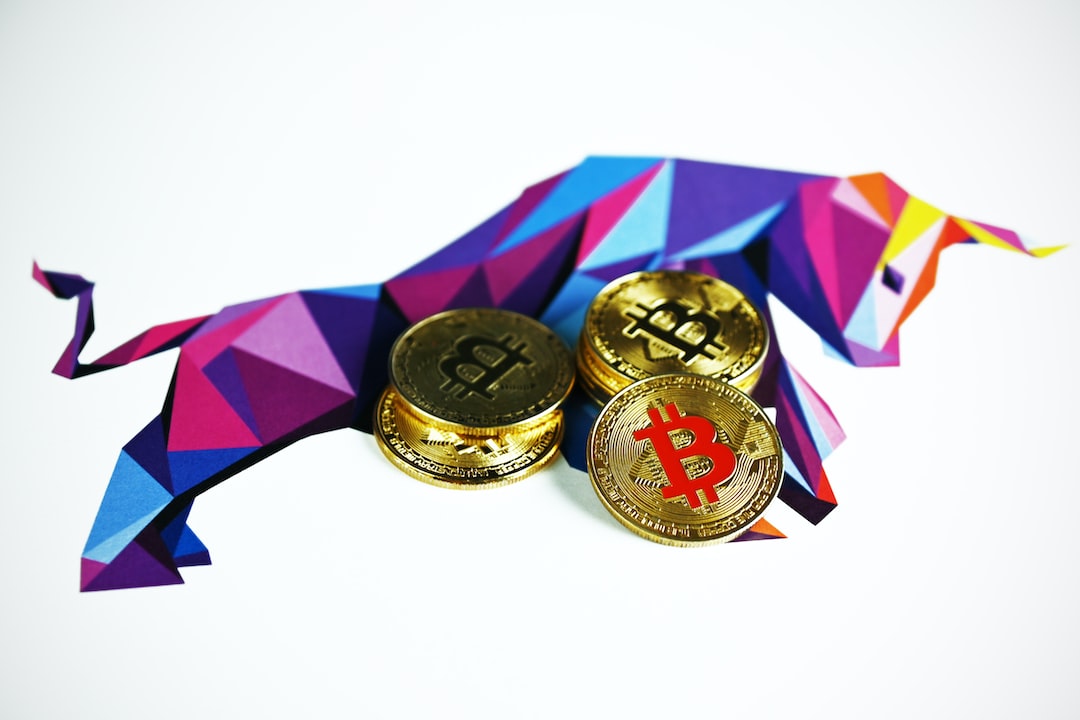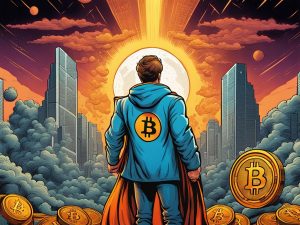Borrowing USDC on Aave and Compound: Expensive Rates
The borrowing rates for USDC, a popular stablecoin, remain high on decentralized protocols Aave and Compound v2. According to blockchain analytics platform Kaiko, rates have ranged from 4% to 15% on Aave and around 13% on Compound. This surge in rates comes as the crypto and DeFi scene recovers from a prolonged period of low activity.

Steady Demand for USDC on Aave
Kaiko notes that the utilization rate for USDC on Aave has remained close to optimal levels, indicating consistent demand for the stablecoin among borrowers. Over the past week, borrowing rates in Aave v2 have stabilized between 4% and 15%. This suggests a steady demand for USDC among borrowers.
Higher Borrowing Rates on Compound v2
On Compound v2, borrowing USDC has been more expensive compared to other stablecoins like DAI and USDT. The borrowing rate for USDC is around 13%, significantly higher than Ethereum-based DAI or Tether Holding’s USDT. The exact reason for this divergence is unclear, but it could be attributed to various factors.
Increasing Demand and Total Value Locked
One possible reason for the varying demand is the expanding activity in the DeFi space. Total value locked (TVL) has been increasing not only in Ethereum but also in other chains like Solana. According to DeFiLlama, the total TVL is around $47 billion, up from $38 billion in mid-October. With rising demand, USDC holders may seek higher yields from borrowers.

Preference for Audited Stablecoins
Additionally, the increasing borrowing rates could be due to users avoiding centralized exchanges and opting for stablecoins that undergo regular independent audits. USDC, for example, publishes attestation statements that verify the issuer’s reserves back every token in circulation.
Hot Take: Stablecoin Demand Signals Bull Run Potential
The high borrowing rates for USDC highlight the strong demand for stablecoins and their growing importance in DeFi. In the crypto market, a higher demand for stablecoins like USDC can indicate the start of a bull run. As the crypto and DeFi scene matures, stablecoins are expected to play a critical role in facilitating crypto adoption.





 By
By
 By
By
 By
By
 By
By

 By
By